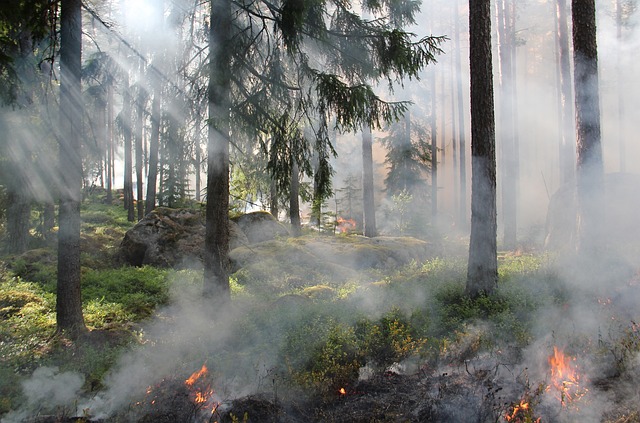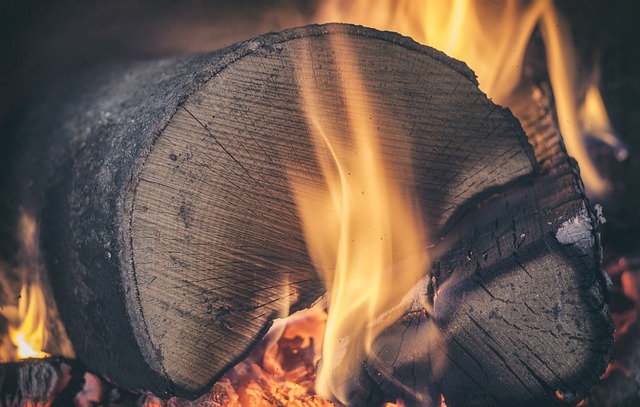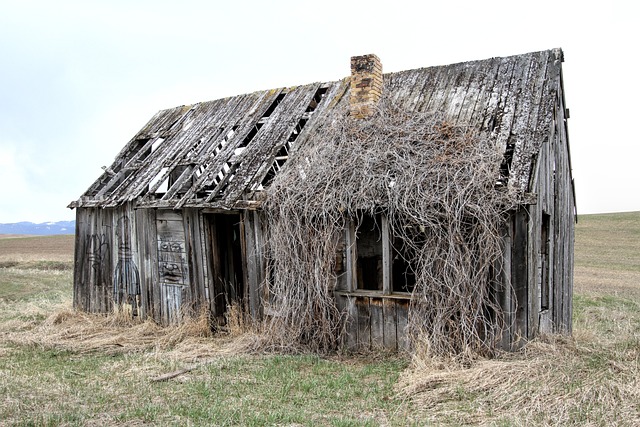Selling a fire-damaged home in California involves understanding the intricate fire insurance claims process. Homeowners should review their policy terms, document repairs thoroughly, and secure the property after a fire. Immediate contact with the insurance company is crucial for efficient handling of claims. Proper documentation, including photos, videos, and receipts, aids in the claim process and attracts buyers. Engaging experienced real estate agents specialized in fire-damaged properties streamlines selling, especially navigating local regulations and hidden damage assessments. A strategic approach that includes transparent showcasing and professional photography can lead to a successful sale.
Fire can leave devastating trails, but understanding your insurance rights is crucial. This guide navigates the complex landscape of fire insurance claims in California, from immediate steps after a fire to overcoming common challenges. We delve into documenting damage, navigating the claims process with insurers, and offer expert tips on selling a fire-damaged home in California, ensuring you’re equipped to rebuild or move forward effectively.
- Understanding Fire Insurance Claims in California
- What to Do Immediately After a Fire Damage Incident
- Documenting the Damage: Gathering Evidence for Your Claim
- Navigating the Claims Process with Your Insurance Provider
- Common Challenges and How to Overcome Them During the Claim Process
- Tips for Selling a Fire-Damaged Home in California
Understanding Fire Insurance Claims in California

In California, fire insurance claims are a crucial process for homeowners facing the aftermath of a fire. Understanding this process is essential when aiming to sell a fire-damaged home in this state. The first step is to familiarize yourself with your policy’s terms and conditions. Each insurance provider has its own set of guidelines, but generally, they will assess the damage, provide an estimate for repairs or replacement, and offer financial compensation based on the policy limits.
When preparing to sell, it’s advisable to document all repairs and renovations made, as this can impact the claim amount. Homeowners should also be aware that selling a fire-damaged property may require additional disclosures and inspections. This is where an experienced real estate agent can guide you, ensuring compliance with California’s specific requirements for how to sell a fire damaged home while navigating the insurance claims process efficiently.
What to Do Immediately After a Fire Damage Incident

After a fire damage incident, the initial steps you take can significantly impact the claim process and the eventual resale value of your California home. The first thing to do is to ensure everyone’s safety; this is paramount and should be your primary concern. Once immediate danger has passed, document the damage by taking photos and videos of the affected areas from various angles. This visual evidence will be crucial when filing your fire insurance claim.
Next, begin the process of cleaning up and securing the property. Prevent further damage by boarding up broken windows or doors, and remove any hazardous materials or debris. Contact your insurance company promptly to report the incident and start the claims process. They will guide you through the rest, including providing a list of approved contractors for repairs. Remember, how you handle the immediate aftermath can affect your claim’s success and the ease of selling a fire-damaged home in California later on.
Documenting the Damage: Gathering Evidence for Your Claim

After a fire, documenting the damage is crucial for filing a successful fire insurance claim in California. The first step is to take extensive photos of both the exterior and interior of your property, capturing every affected area and the extent of the damage. Include multiple angles and close-ups of charred walls, damaged ceilings, melted flooring, and any other visible scars left by the fire.
Video footage can also be powerful evidence, offering a dynamic view of the destruction. Keep detailed records of all repairs already conducted and those planned, along with estimates from contractors or suppliers. Collect receipts for temporary housing, medical bills, or other out-of-pocket expenses related to the fire incident. This comprehensive documentation will help when selling a fire-damaged home in California by demonstrating the extent of the damage and your efforts to restore it.
Navigating the Claims Process with Your Insurance Provider

Navigating the claims process with your insurance provider after a fire can be overwhelming, especially in California where the recovery efforts can differ greatly depending on local regulations and conditions. The first step is to document everything – the extent of damage, repair estimates from contractors, and any personal belongings that require replacement or appraisal. This detailed record will help streamline the claims process with your insurer.
Next, contact your insurance provider promptly to report the fire and begin the claims journey. They should provide you with a case number and assign an adjuster who will guide you through the next steps. Be prepared to share all necessary information and cooperate fully. Remember, in California, where fires are a recurring concern, insurers have specific protocols for handling such cases to ensure fair compensation while adhering to local building codes and safety regulations.
Common Challenges and How to Overcome Them During the Claim Process

Selling a fire-damaged home in California can be a challenging process, filled with potential pitfalls for both homeowners and insurance providers. Common challenges include assessing the extent of damage, especially in hidden areas like attics and walls, which can lead to disputes over claim amounts. Additionally, navigating regulatory requirements and legal complexities unique to California’s real estate market can prolong the claim settlement.
To overcome these obstacles, homeowners should actively participate in the claims process. Documenting all losses thoroughly with photographs and receipts is crucial. Engaging professional estimators or restoration specialists who are experienced in fire damage assessment can provide accurate, unbiased valuations. Additionally, staying informed about California’s fire insurance regulations and working with reputable, licensed real estate agents specializing in fire-damaged properties can streamline the selling process, ensuring a fair outcome for all parties involved.
Tips for Selling a Fire-Damaged Home in California

Selling a fire-damaged home in California can be challenging, but with the right approach, it’s definitely doable. The first step is to accurately assess the damage and understand your insurance rights. In California, fire insurance policies typically cover not only the structure but also personal belongings lost in the fire. Once you have confirmed coverage, start documenting everything—from structural repairs needed to personal items that were affected. This will be crucial for both negotiating with potential buyers and when filing claims.
Next, focus on presenting your home’s best features while being transparent about the fire damage. Conduct necessary repairs but also highlight the resilience of your property. Many buyers appreciate honesty and understanding, so consider sharing relevant details like the date of the fire and any ongoing remediation efforts. Staging can be helpful; think about making the space inviting and emphasizing areas that have been restored to their original condition. Additionally, keep in mind that professional photography can make a significant difference in how your home is perceived by potential buyers.
Fire can leave a devastating trail, but understanding the claims process and knowing how to navigate it is key. From immediate post-fire actions to documenting damage and overcoming challenges, this guide equips California homeowners with knowledge. Even when selling a fire-damaged home in California, there are strategies to enhance its appeal and secure a fair sale. By familiarizing yourself with these steps and staying informed throughout the claims process, you can ensure a smoother recovery after a fire.






